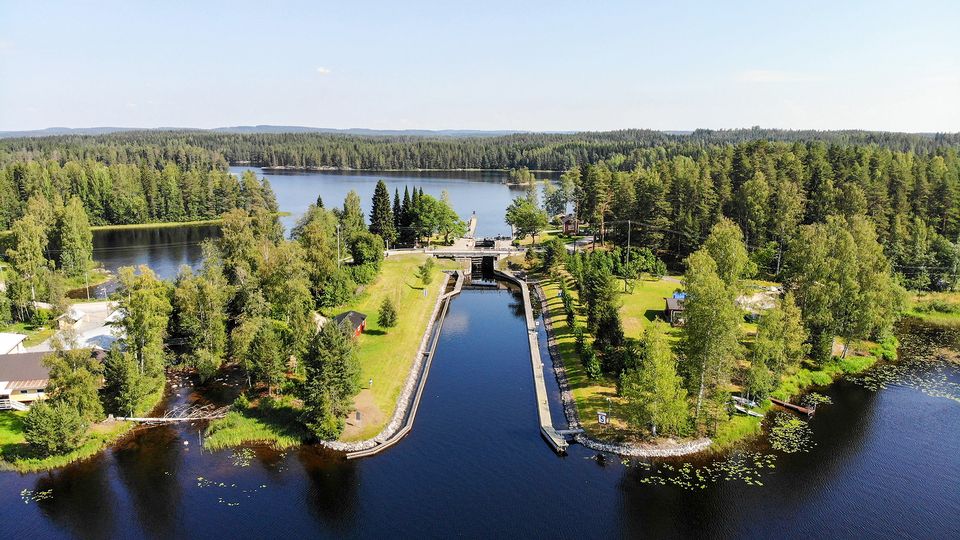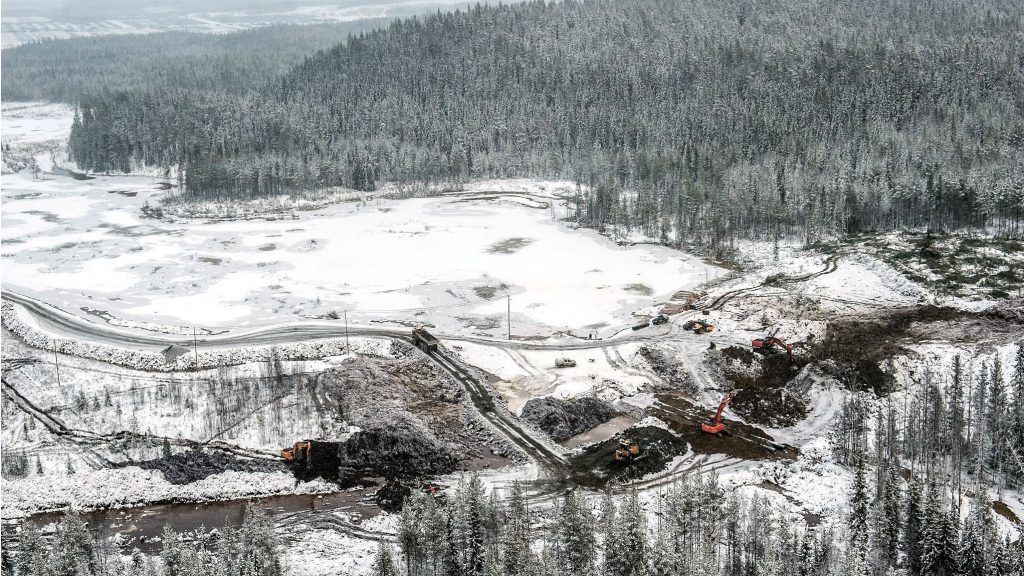Haunted by Talvivaara Mining’s crimes, locals in eastern Finland rise against mine proposal

News that the British-owned Beowulf Mining firm is exploring the possibility of a graphite mine in Finland has locals concerned about the environmental effects of the slated operations.
Residents of the municipality of Heinävesi in eastern Finland have risen up in protest, saying the firm’s subsidiary that would be in charge of the new mine, Fennoscandia Resources, has only been responsible for iron ore exploration in the past and has no previous mine operation experience under its belt.
The British firm arranged an info session in Heinävesi on 18 July to explain its exploration of the area. City council chair Mervi Hokka said that she hasn’t heard a single Heinävesi resident say anything positive about the mine.
Auvo Gustafsson, chair of the local municipal administration, said he is rather disappointed by the resistance the mining project has generated in his hometown. He says it would be better to wait for the British mining company to submit its plans before people start slamming the idea outright.
Talvivaara mine’s crimes still fresh on people’s minds
The track record of mining operations in Finland could be behind many of the townspeople’s opposition to the plan. The Finnish Environment Institute SYKE carried out a survey that assessed what images the mining industry brings to mind among Finns.
The mining operation of Talvivaara, a mine in eastern Sotkamo that went bankrupt after a series of environmental disasters, was the first thing 23 percent of the respondents to the survey said they thought of. Thirteen percent of respondents said they associated the industry with nature and the environment.

Some respondents also reported that they saw positive images, namely new jobs and profitability.
Fennoscandia Resources says the planned graphite mine would be considerably different from the Talvivaara operation, as the Heinävesi mine’s capacity – if it was established – would only be a small fraction of the Sotkamo operations.
The firm will decide by the end of the year whether it will apply for a permit to set up the mine. This would start a process that could last several years before a mine becomes operational.
Finnish mining legislation in flux
Finland’s Ministry of Employment and the Economy is currently looking at local laws on mining, with the intention of ascertaining whether the 2016 CETA trade agreement between the EU and Canada will require existing legislation to be changed. The fact that the law is being opened up for reconsideration could give some MPs an opportunity to propose other amendments.
At present, Finnish authorities have granted 123 mining reservations to mining outfits. The reservations give priority or title to the minerals in the target area. The existing reservations apply to 35,000 square kilometres of land in a country with a total land area of 390,000 square kilometres.
The reservations allow the companies that hold them to apply for a permit for iron ore exploration, and 260 exploration projects are currently underway, with another 300 applications in the pipeline. Permits for mining iron ore in Finland apply to 161,000 hectares of land.
Very few of the explorations and projected mining projects that start the permit process end up becoming a working mine.
In 2018, 44 mineral mines were registered in Finland.
Related stories from around the North:
Canada: Canadian mining company hopes new structure will bring financing for northern project, CBC News
Finland: Finland’s first silver mine to start production next year, Yle News
Norway: Norway grants drilling rights closer to protected Arctic waters, The Independent Barents Observer
Russia: Smelters, huskies, and fish pies: the Arctic road from Norway to Russia, Cryopolitics Blog
Sweden: Iron mine in northern Sweden to restart production, The Independent Barents Observer
United States: America’s most toxic site is in the Alaskan Arctic, Cryopolitics Blog



